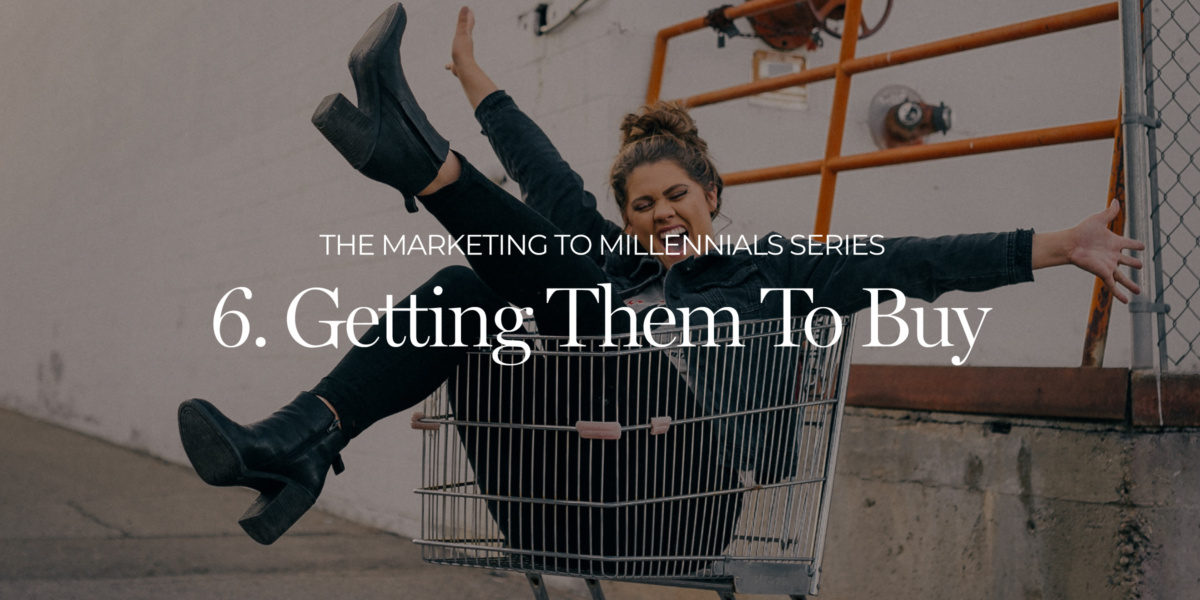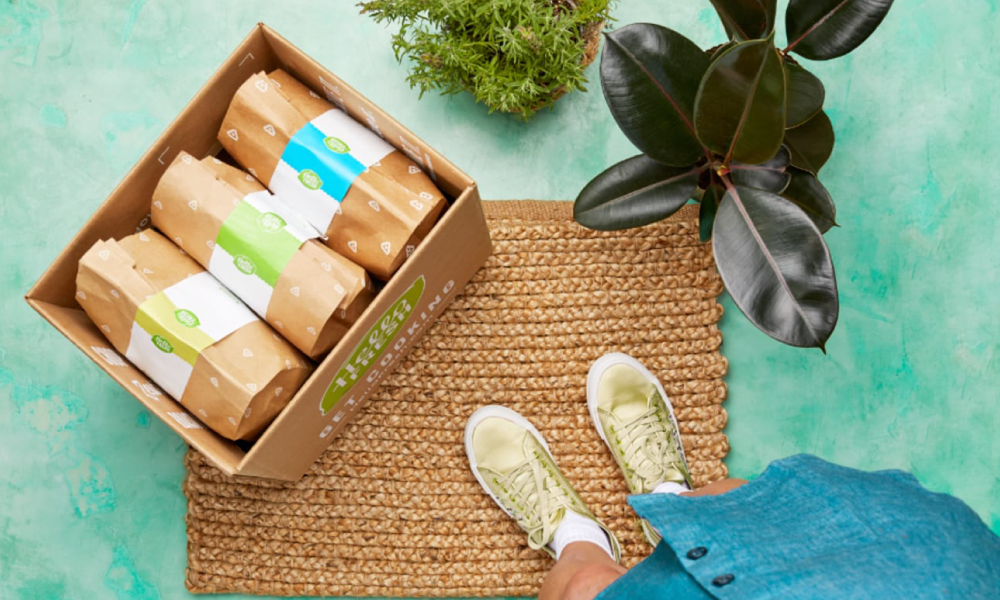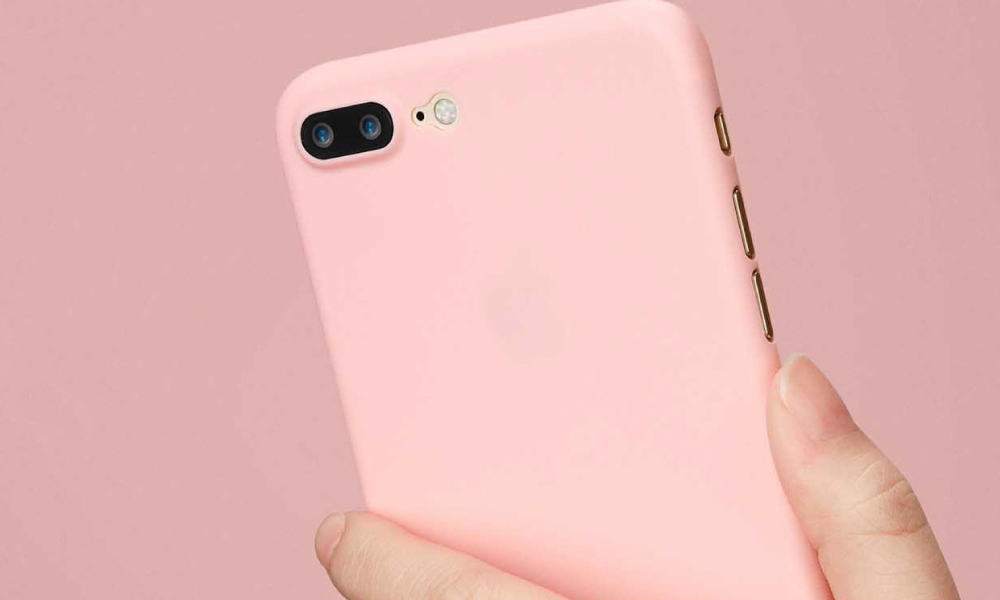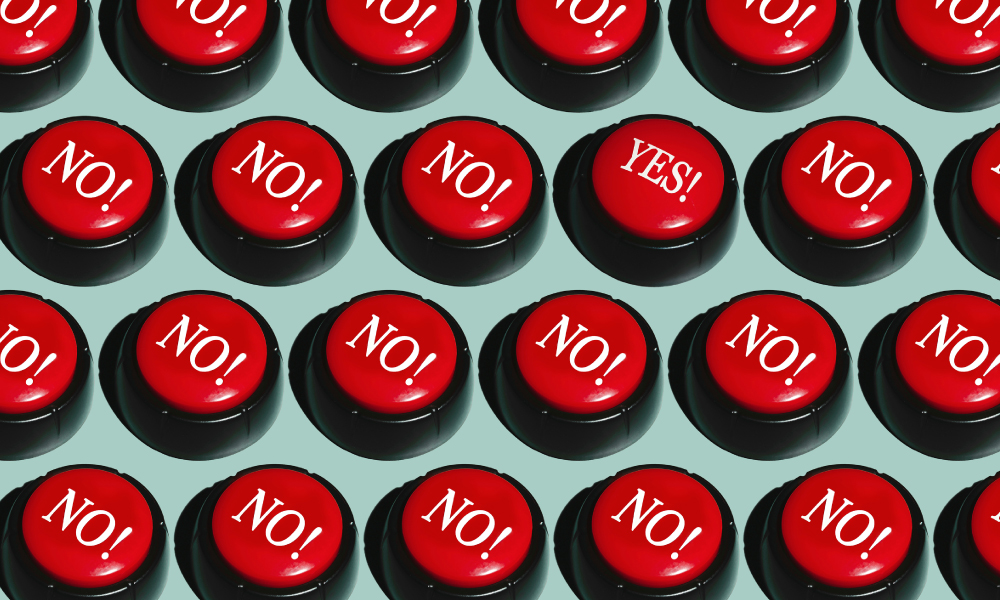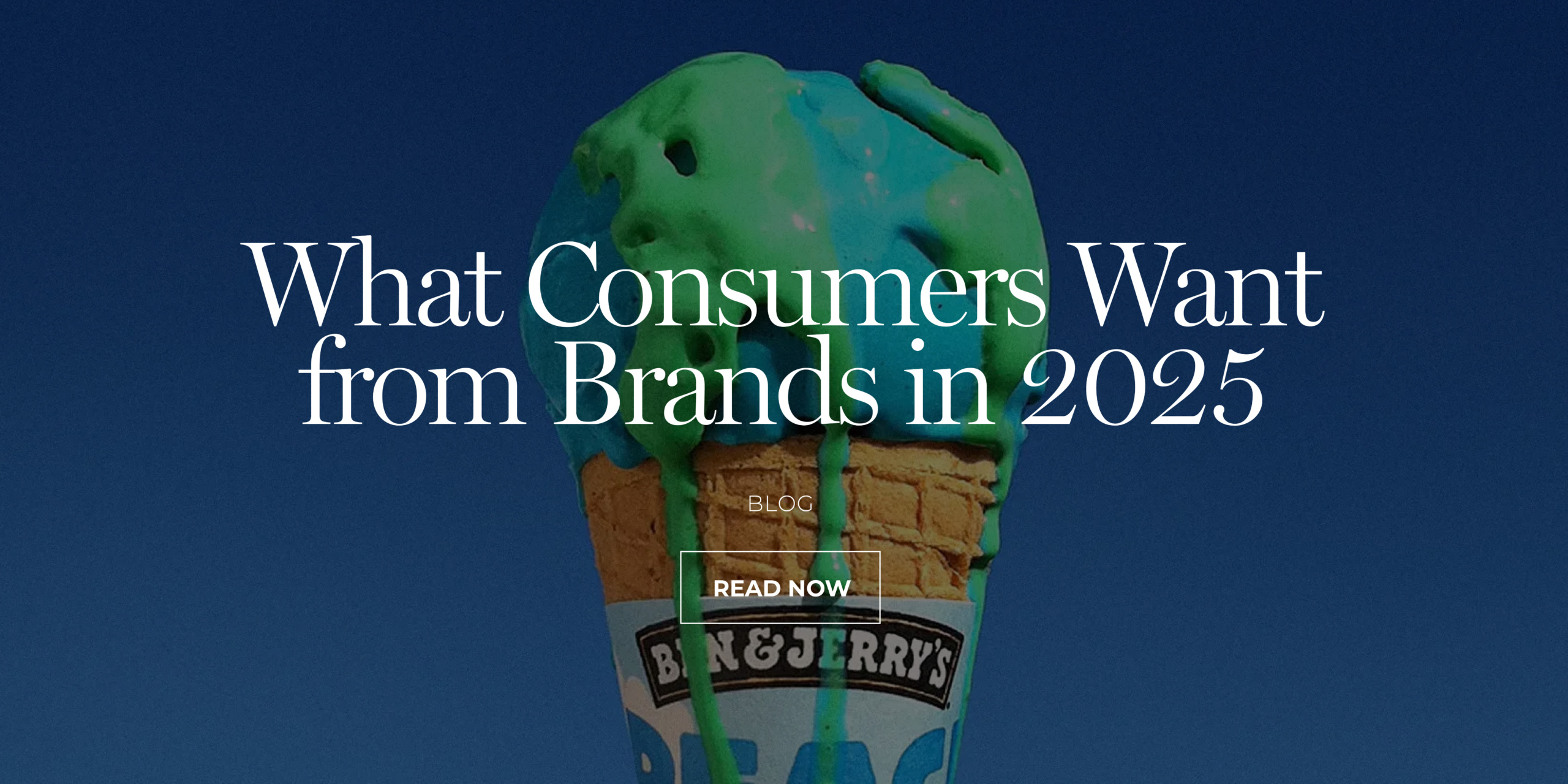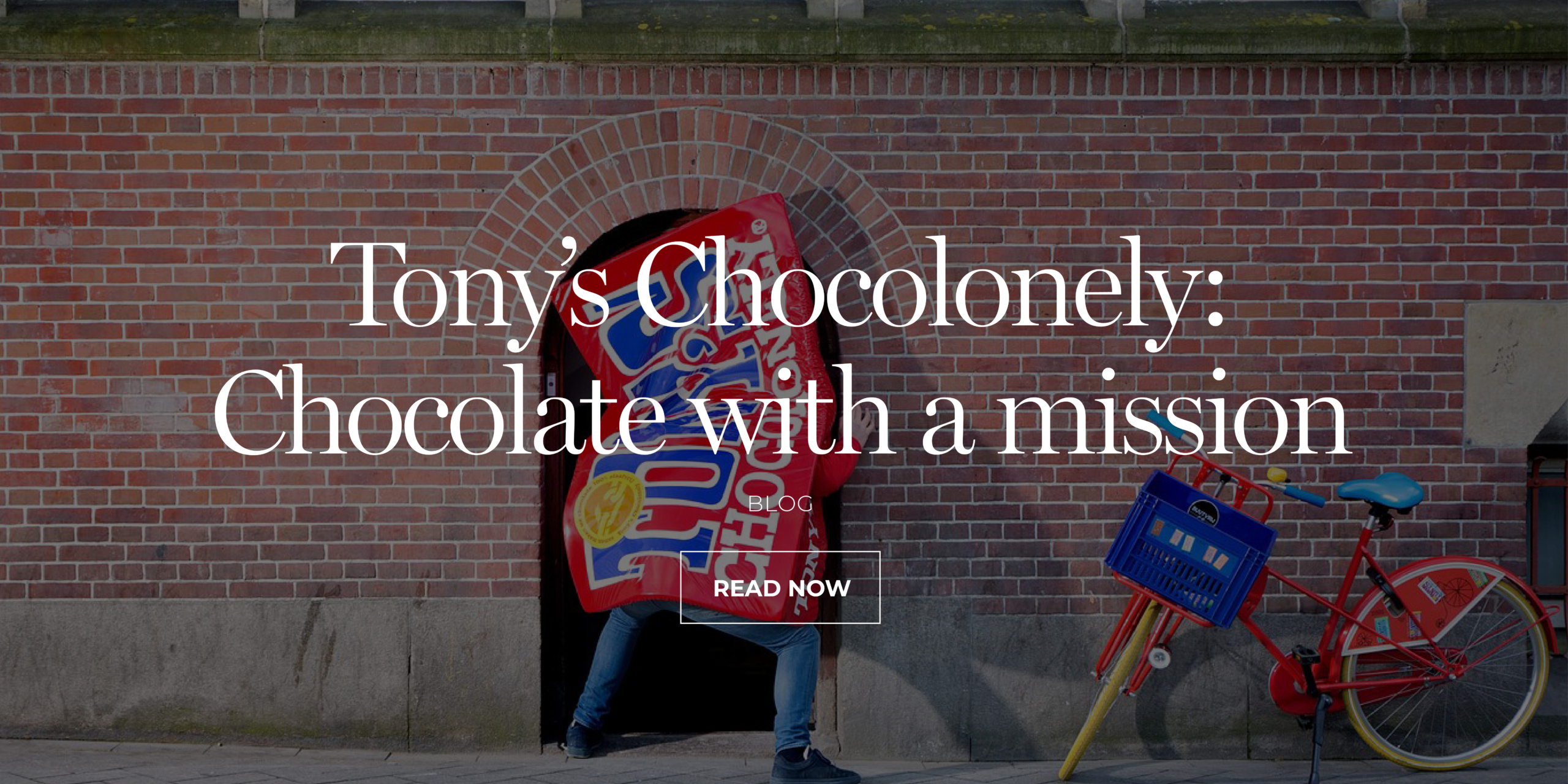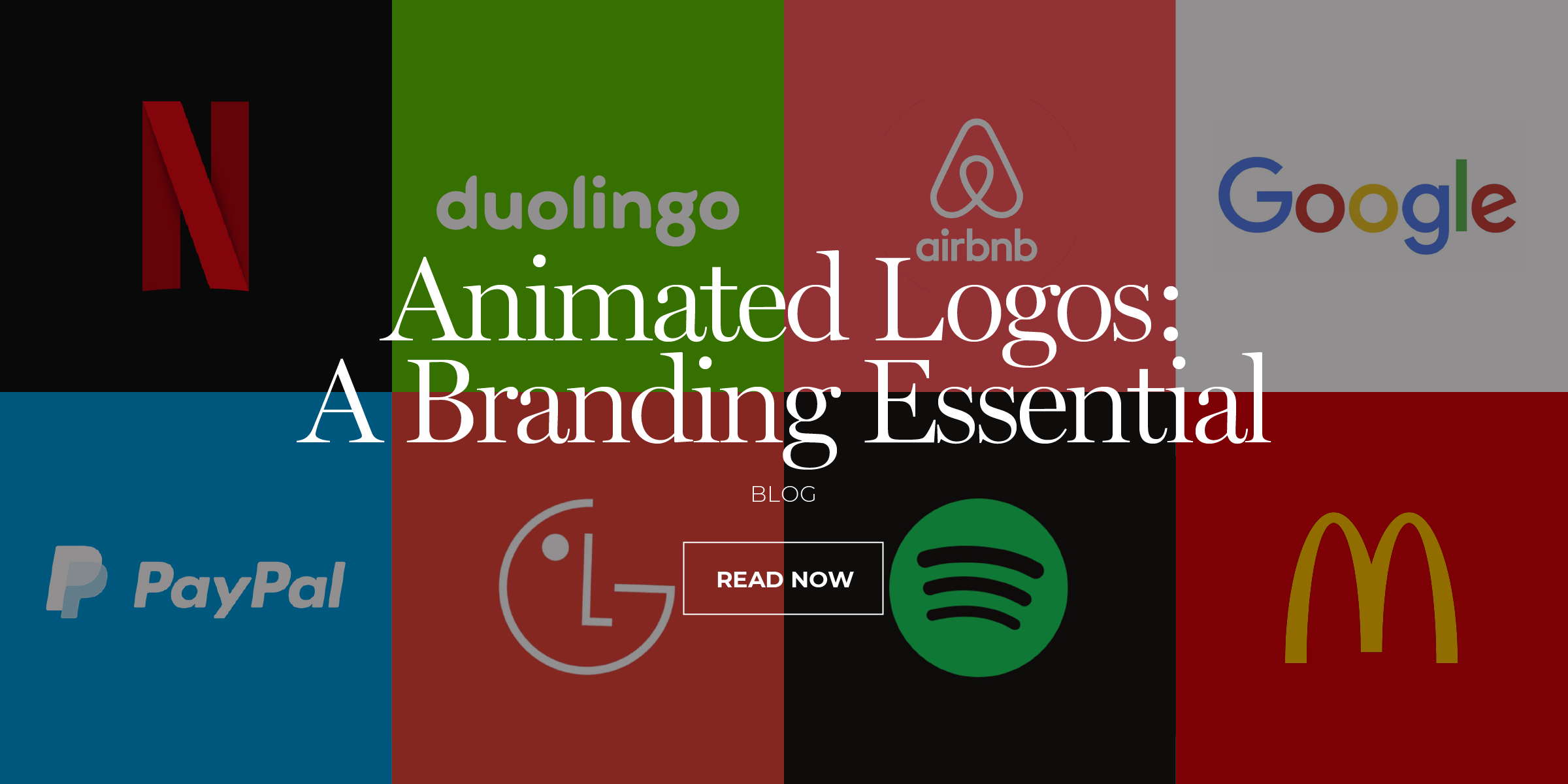Since the 1950’s Australians have been exhorted to consume –literally, earn money simply to buy goods and services that “improve” one’s lifestyle.
In this context, brands became successful by implicitly or explicitly telling people how to spend their money.
Given this history and their spending power, Millennials should be “ultra-consumers”. But they aren’t.
Millennials have a unique approach to the world. The many challenges of lockdown refined and refocussed them to the point that most now firmly placed “re” in front of every dollar they think of spending.
The most common “re” words among Millennials are “reuse”, recycle”, and “repurpose”. Millennials take all of these into account before virtually purchasing any brand-new product. Another “re”, rent, is also becoming popular in apparel as is the related concept of “reuse/recycling” that underpins the stunning growth in second-hand fashion. These trends will undoubtedly spread to other categories.
The good news is that they will still spend large amounts of money on new items and things that are entirely non-functional. But oftentimes, the driver will be that the new item will have a longer lifespan and/or is more easily recycled, reused, or repurposed.
2. Provide “Life” Support
Most Millennials have a lot going on – accelerating careers, partnering up, children, investing, managing their health, and trying to live by a set of values. Frankly, it’s exhausting.
Lockdown has also led to many permanent lifestyle changes for Millennials. The most obvious of these is Work From Home (WFH).
However, others like having greater involvement in their children’s education, new patterns of home responsibilities and duties, increased casualisation of work interactions and environments, and increased DIY competency have all pushed many Millennials into unfamiliar and complex realms requiring new products services.
It’s hardly surprising then that brands that provide Millennials with multifaceted “life” support have flourished.
For example, Millennials were early smartwatch adopters because they helped them with their health and communication challenges. More recently, Millennials have embraced the air fryer because they believe it cooks more healthily, in a shorter period of time, and is more flexible and less wasteful (compared to heating up an oven).
The same pattern of “life” support can be seen in services. Millennials and Gen Z both use meal delivery services much more than older generations, and Asian inspired and healthier options are amongst the most popular items ordered on these services. For Millennials, meal delivery has the potential to tick multiple “life” support boxes including, healthier food, exciting cuisines, reduced stress (from not having to cook), and easy to organise via a smartphone app.
The bottom line for brands is to focus product development, marketing, and service delivery on ways to provide Millennials with “life” support.
3. Never Over-Charge
Millennials love a bargain and will gleefully search online for hours to find one. They are always looking for discount codes and will delay the purchase until the item they want is on sale. And being digitally savvy and experienced in online shopping, they have the skills and tools necessary to find the best price.
But they are not cheapskates. For example, Millennials (particularly female ones) are committed to Apple iPhones, typically priced at the premium end of the category. However, globally, over 4 times as many female Millennials use iPhones versus Samsung devices (the next most popular brand). And Apple’s “no discount” policy is legendary.
Basically, Millennials will spend whatever is required to get the item they want, but they refuse to pay one cent more than they have to. Evidence for this is that Millennials are over 50% more likely than the average Australian to return full price items if they later find them available cheaper elsewhere.
Competitive pricing is critical, and pricing guarantees may be very powerful, but products don’t have to be cheap.
4. Resonate or Die
To resonate is to “relate harmoniously or strike a chord”, and it is USP for Millennials. There are two sides to this coin: what brings them joy and what makes them angry.
In the “Marketing to Millennial Report” we have detailed how Millennials live and their lifestyles, what they feel, and what they like. Brands that address these needs and perceptions in a genuine, authentic and caring way will be rewarded with startingly sales figures and amazing brand loyalty.
But brands must also adhere to the Millennial “rules of engagement” (or risk their anger and retribution)
MARKETING TO MILLENNIALS REPORT

